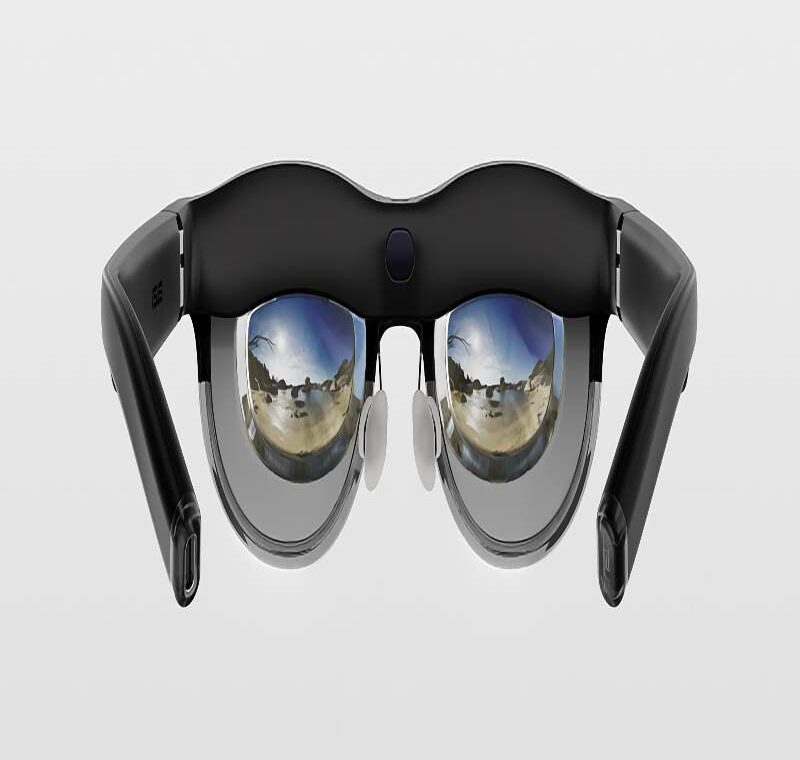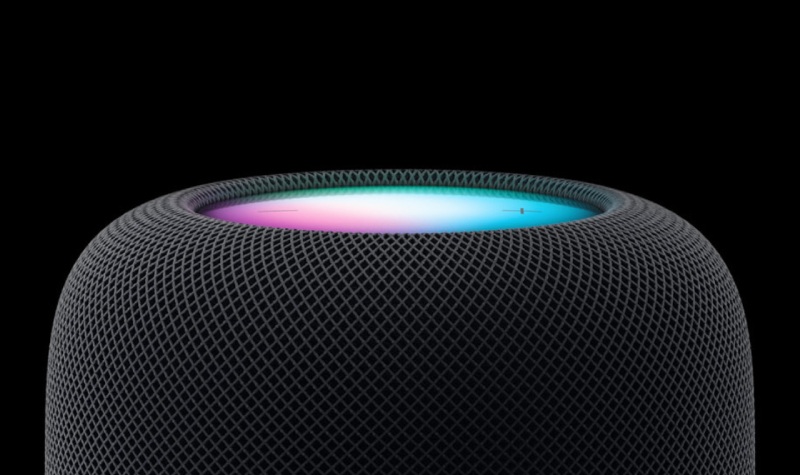At CES 2024, Asus had a sizable display product display. One of them is a face-based display called the Asus AirVision M1. The Micro OLED display technology is housed in a pair of glasses that can only display content when connected to a phone or computer.
This inherently indicates that it isn’t a rival to the recently released Sony Spatial XR headset or the Apple Vision Pro. However, it is undoubtedly in competition with products like the RayNeo Air 2 (currently $339 on Amazon) and TCL NXTWear S. The AirVision M1 does, however, have a few intriguing features that set the glasses apart from the competition.
Fundamentally, the Asus AirVision M1 has a 1080p display with a 57-degree field of vision, which enables it to present a sizable screen in front of your eyes. Similar to the NXTWear glasses, these also feature built-in speakers and display content via a DisplayPort connection via USB Type-C.
In contrast to the NXTWear glasses, the AirVision M1 has an integrated touchpad that allows you to modify the virtual screens in different ways. Users can pin them in 16:9, 21:9, or 32:9 aspect ratios, for instance. Moreover, the touchpad enables fast brightness adjustments and 3D mode activation.
Pricing and availability details have not yet been provided by Asus. Notably, though, the TCL NXTWear S Plus originally retailed for $399, whereas the NXTWear S is currently only $299. The AirVision M1 is anticipated to cost approximately this much.
Topics #1080p display with a 57-degree field of vision #Asus AirVision M1 #CES 2024 #competition with products like the RayNeo Air 2 #Face-Based Display #Integrated Touchpad #Micro OLED Display Technology











